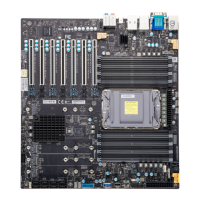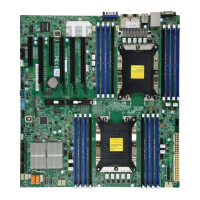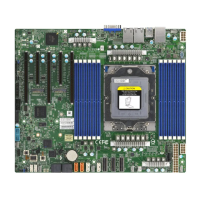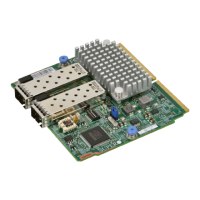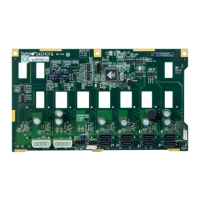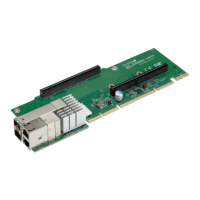4.1 Introduction
This chapter describes the AMIBIOS™ Setup utility for the motherboard. The BIOS is stored on
a chip and can be easily upgraded using the UEFI script (flash.nsh), the BMC WebUI, or the
SuperServer Automation Assistant (SAA) utility.
Note: Due to periodic changes to the BIOS, some settings may have been added or deleted
and might not yet be recorded in this manual. Refer to the Manual Download area of our
website for any changes to BIOS that may not be reflected in this manual.
Updating BIOS
It is recommended that you do not upgrade your BIOS if you are not experiencing any problems
with your system. Updated BIOS files are located on our website at the following page:
https://www.supermicro.com/support/resources/bios_ipmi.php
Check our BIOS warning message and the information on how to update your BIOS on our
website. Select your motherboard model and download the BIOS file to your computer. Also,
check the current BIOS revision to make sure that it is newer than your BIOS before
downloading.
Important: Do not shut down or reset the system while updating the BIOS to prevent
possible system boot failure! Read the motherboard README file carefully before you
perform the BIOS update.
Unzip the BIOS file onto a USB device formatted with the FAT/FAT32 file system. When the
UEFI shell prompt appears, type fs# to change the device directory path. Go to the directory
that contains the BIOS package you extracted earlier. Enter flash.nsh BIOSname#.### at the
prompt to start the BIOS update process. Reboot the system when you see the message that
BIOS update has completed.
Starting the Setup Utility
To enter the BIOS Setup Utility, hit the Delete key while the system is booting-up. In most
cases, the <Delete> key is used to invoke the BIOS setup screen. There are a few cases when
other keys are used, such as <F1>, <F2>, etc. Each main BIOS menu option is described in
this manual.
The Main BIOS screen has two main frames. The left frame displays all the options that can be
configured. “Grayed-out” options cannot be configured. The right frame displays the key
legend. Above the key legend is an area reserved for a text message. When an option is
88
X14SAE/X14SAE-F: UEFI BIOS

